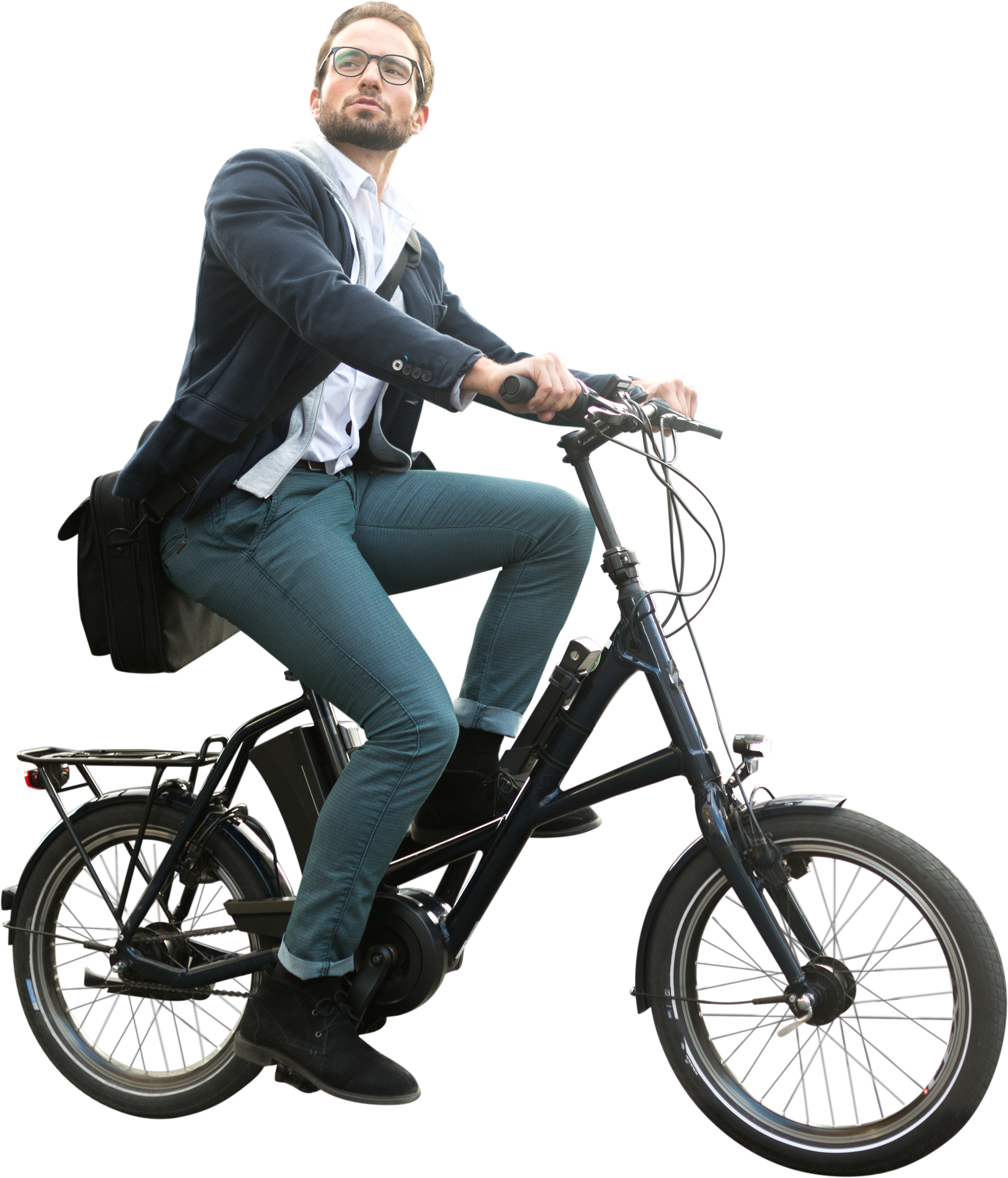Time machine of electric and hybrid cars
Almost 200 years ago, the first electric vehicle was made! What happened in the meantime? How did internal combustion engines take over? What factors have led to the new popularity of electric cars and other electric vehicles?
We bring you the most important moments of electromobility:
• In 1839, the Scottish scientist Robert Anderson made the first electric vehicle - an electric carriage.
• In 1842, the American Thomas Davenport constructed a more practical electric car, but the batteries could not be charged and had to be replaced every time, which was very expensive.
• 1859–1865, Frenchman Gaston Plante researches and develops rechargeable batteries.
• In 1881, the French chemical engineer Camille Alphonse Faure constructs lead batteries of higher capacity, which was a great step forward for further development.
• In 1897, with the production of commercial electric cars, electric taxi services were launched in London and New York.
• In 1898, Ferdinand Porsche designed the Egger-Lohner C.2 Phaeton, the first electric car.
• In 1900, Porsche introduced the Lohner-Porsche Mixte, the first hybrid car to be sold on the market.
• In 1904, the Electric Vehicle Company produced 2,000 taxis, trucks and buses, and smaller companies produced a total of about 4,000 cars.
Interest in electric cars lasted until the 1920s, when they were overshadowed by gasoline-powered cars.
• 1911 - Charles Kettering invented the electric starter, and body strength was no longer needed to start a car with a "crank".
• In 1920s, the need for longer journeys developed, and the range of electric vehicles could not overcome this.
• At the end of the 19th century, new oil deposits were discovered in Texas, which led to price decrease of oil products and thus favored the use of cars powered by internal combustion engines.
• Henry Ford's mass production of internal combustion engine cars made them affordable and cheaper than electric cars.
In late 1930s, all these factors led to the fact that EVs were almost completely replaced by ICE. After that, there were several more attempts to electrify traffic, but without success.

New century - new era of electrification!
After a long break period, since the 2000s we are witnessing a significant increase in the popularity of, not just electric cars, but also other electric means of transport. All major countries strive to reduce CO2, the legislation is changing, the development of energy efficiency is becoming one of the most important topics. Charging infrastructure is being researched and developed, better and more powerful models of electric vehicles and new technologies are being produced, manufacturers are adapting market needs, and consumer awareness is changing towards ecology and energy saving.
The new era of electrification brings us numerous environmental benefits, air quality improvement, noise reduction, using new energy sources and encouraging innovation. All this contributes to a more sustainable and cleaner transport system.